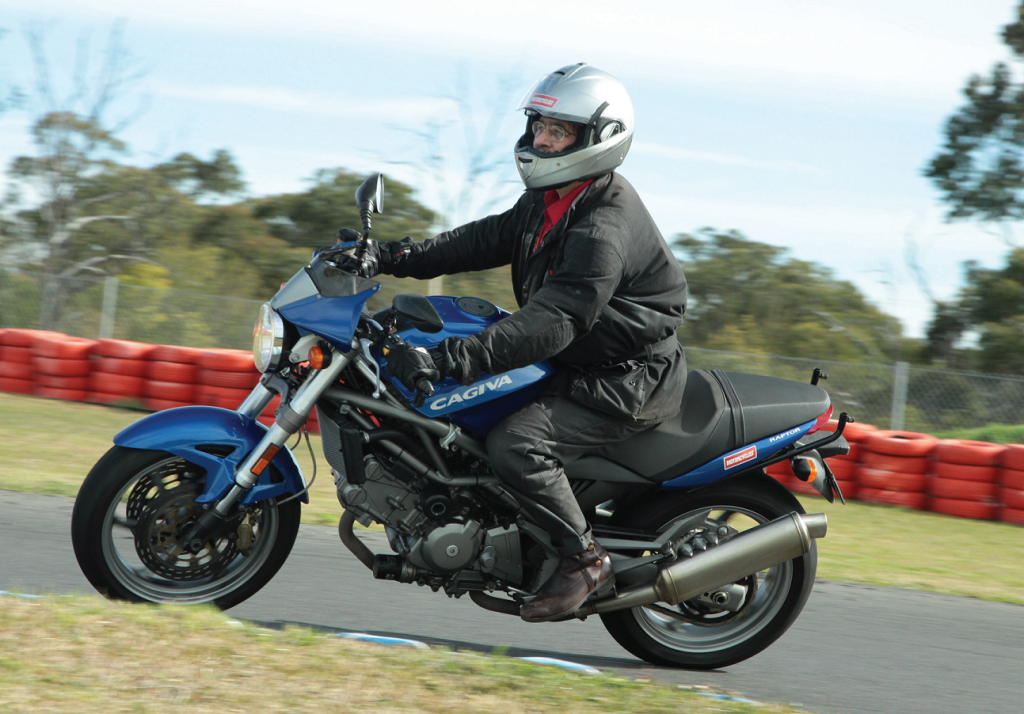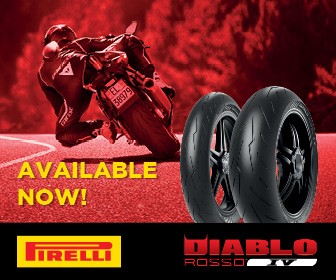Previous Story
TRAINING
Posted On 22 Mar 2024
Comment: Off

UP THOSE SKILLS TEACHING AN OLD DOG OLD TRICKS WORDS/PHOTOS ROB LOVAS

I was one of half a dozen on Skillmaster’s inaugural Newcastle one day ‘Upskilling’ course; both sexes and all sorts of experience/inexperience and a variety of bikes from cruisers to naked street bikes to massive tourers. Mine was a naked 650 v-twin.
The course was held, of course, on a course. In this case, a bitumen surfaced go-cart track. It was ideal.






